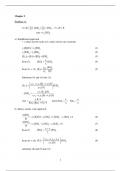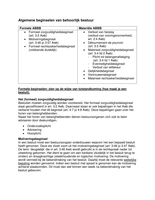Exam (elaborations)
solution manual Business Research Methods Schindler 14th edition solution manual Case Studies in Finance Managing for Corporate Value Creation Bruner Eades Schill 8th edition solution manual Chemical Engineering Design, Principles, Practice and Economics
- Module
- Bioprocess Engineering Basic
- Institution
- Bioprocess Engineering Basic
Solution Manual Contemporary Engineering Economics Park 7th edition - Updated 2024 Complete Solution Manual With Answers
[Show more]




